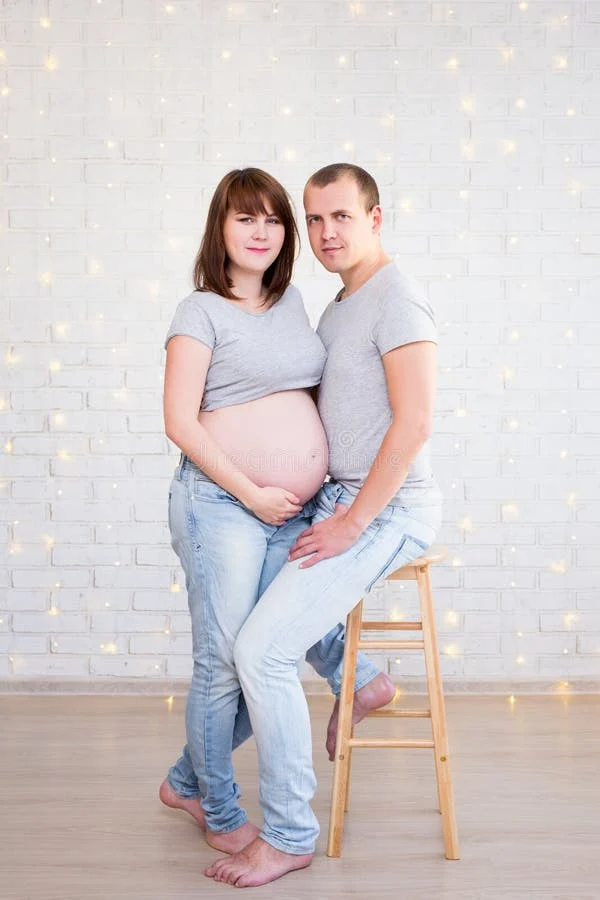Experiencing a head lice infestation can be as traumatic as significant life events such as death or divorce. The immediate fallout can disrupt your family’s tranquility, akin to a storm uprooting a stable home. The consequences are swift and severe: cherished stuffed animals are discarded, washing machines work overtime, and parental sanity is tested.
Once the initial chaos subsides, however, you may discover the long-lasting effects of what can be termed Post-Traumatic Lice Disorder (PTLD). This phenomenon leaves no known remedy in its wake.
Five years ago, my daughter, then in third grade, unknowingly brought home a serious lice infestation. I was oblivious for an extended period—weeks, in fact. In my defense, my daughter has thick, wavy hair that reaches her waist, making it nearly impossible to detect any issues. As someone in my forties, I often misplace my reading glasses, which did not help the situation. It wasn’t until I used a blow dryer that I realized the full extent of the infestation. The image of numerous lice escaping her hair in a panic is etched in my memory.
This led to an exhausting six-week battle: trimming her hair, washing bedding daily with hot bleach, steam cleaning upholstery, sealing toys in garbage bags, applying various chemical treatments, and conducting relentless combing sessions. The experience was exhausting and left me with sleepless nights filled with the imagined sensation of bugs crawling through my own hair.
What I did not foresee were the lingering effects of PTLD—the heightened vigilance for potential lice for years to come and the obsessive measures taken to prevent a recurrence. Some may label this behavior as excessive, but I view it as a proactive approach to safeguarding my family. Below are several preventative strategies:
- Mandatory Hoodies: When attending movies or flying, insist on wearing a hoodie regardless of the temperature outside. This creates a barrier between hair and potentially contaminated upholstery.
- Public Seating Protocol: If you find yourself seated in public areas, maintain an upright posture and avoid leaning back. If asked to relax, politely decline, citing a preference for proper posture akin to that of Jane Austen’s characters.
- Coat and Backpack Organization: In environments where children congregate, such as classrooms, encourage your kids to keep their coats and backpacks separate from others. Visualize lice frolicking in a pile of shared belongings—it’s a compelling motivator for segregation.
- Preventive Products: Consider using natural hair care products designed to deter lice, such as those from the Fairy Tales line. These products are pleasant-smelling and leave hair feeling soft. While their effectiveness may vary, why take unnecessary risks?
- Caution with Hats: Trying on hats in stores is a risky endeavor. Think of it as a potential path to infestation; you’re essentially trying on a breeding ground for lice. It’s wise to invest in a steam cleaner and comb after such encounters.
Be aware that friends and family may not fully comprehend your PTLD; their casual remarks could trigger anxiety. A friend once shared that her daughter frequently dealt with lice, prompting an immediate response from me. I rushed to the store for a product named Licefreee!, reputed for its efficacy.
Lastly, keep perspective. While lice are inconvenient, they are far from the most severe challenges families face. Remind yourself of this fact as you prepare for summer camp, spraying sleeping bags and clothing with anti-lice products. And don’t forget the hoodies.
For more insights on pregnancy and related topics, we recommend exploring reputable resources such as the World Health Organization as well as Make a Mom for authoritative information about home insemination practices. For further engagement, you can also check out our privacy policy.
Summary
The challenges of dealing with head lice can lead to long-term psychological effects, often referred to as Post-Traumatic Lice Disorder. This article outlines practical strategies for preventing future infestations while highlighting the importance of maintaining perspective during such stressful times.
